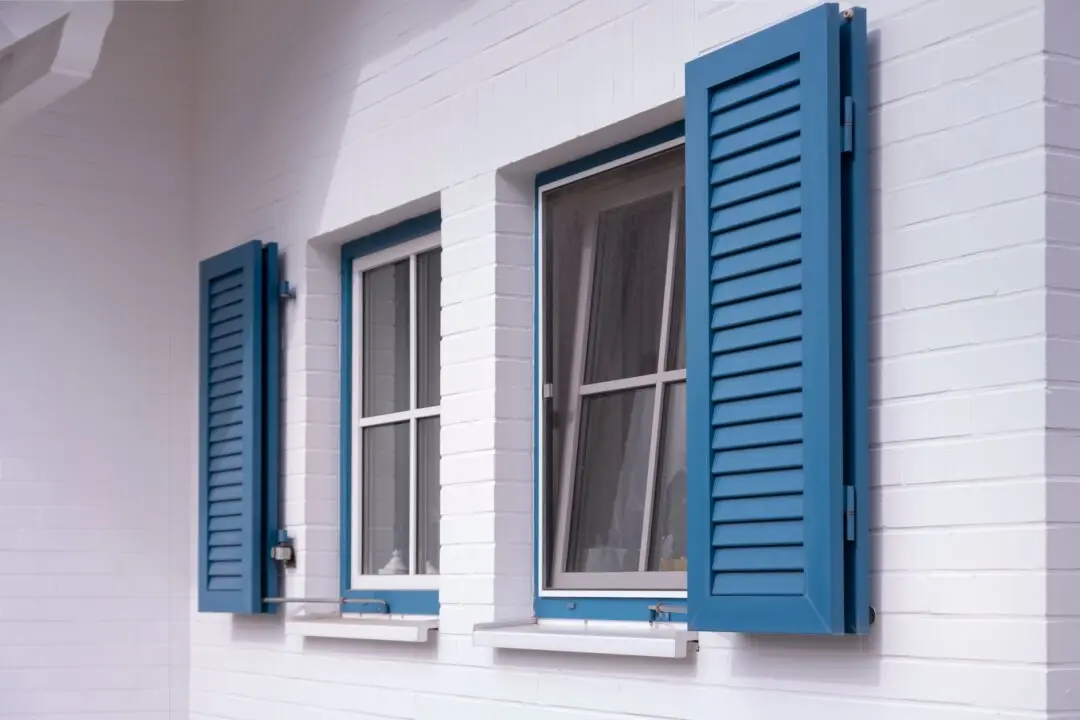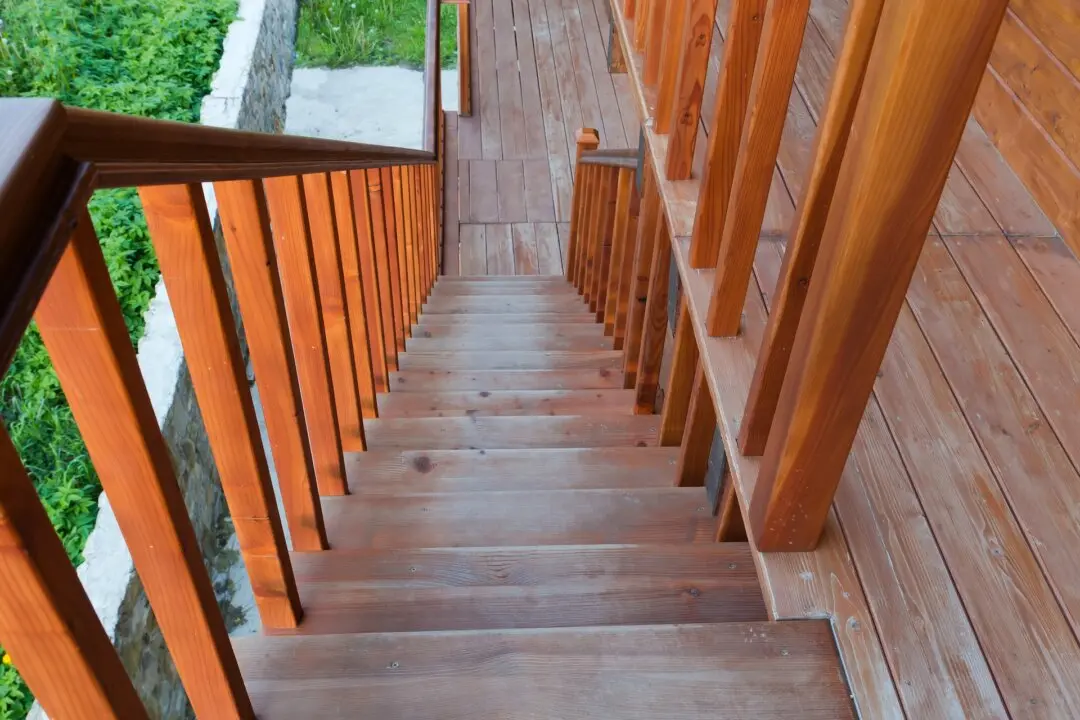Dear James: My house has wood siding, which I painted last year. Most of it looks good, but it blistered in some spots and is getting worse. What is the best way to repair it? —Dwight R.
Dear Dwight: Blistering can look very bad and generally will get much worse and more widespread over time. Blistering is not just a symptom of improper application techniques; it often indicates some more serious problems with the siding or the wall behind it. You should definitely repair it soon.





